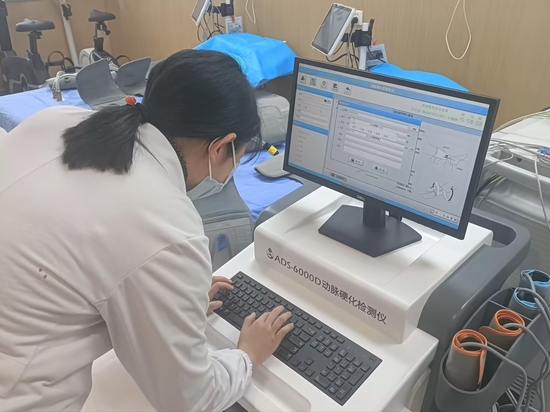Industry News
35trends
{{#pushedProjectsPlacement9.length}}
{{#each pushedProjectsPlacement9}}
{{/each}}
{{/pushedProjectsPlacement9.length}}
Posted on {{project.publicationDate}}
{{project.subTitle.substring(1024)}}
{{project.description.substring(376)}}
{{#if project.company}}
{{/if}}
{{{#if showDetailedInfos}}
(Statut : {{project.starRank}} {{project.publicationDate}})
{{/if}}
Localization Map
Remove all





















































